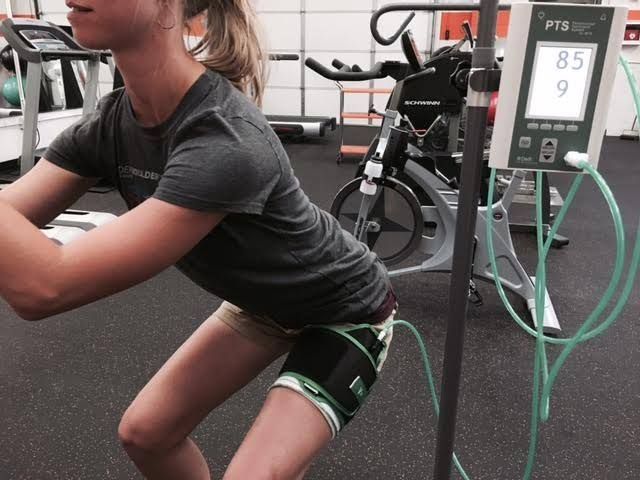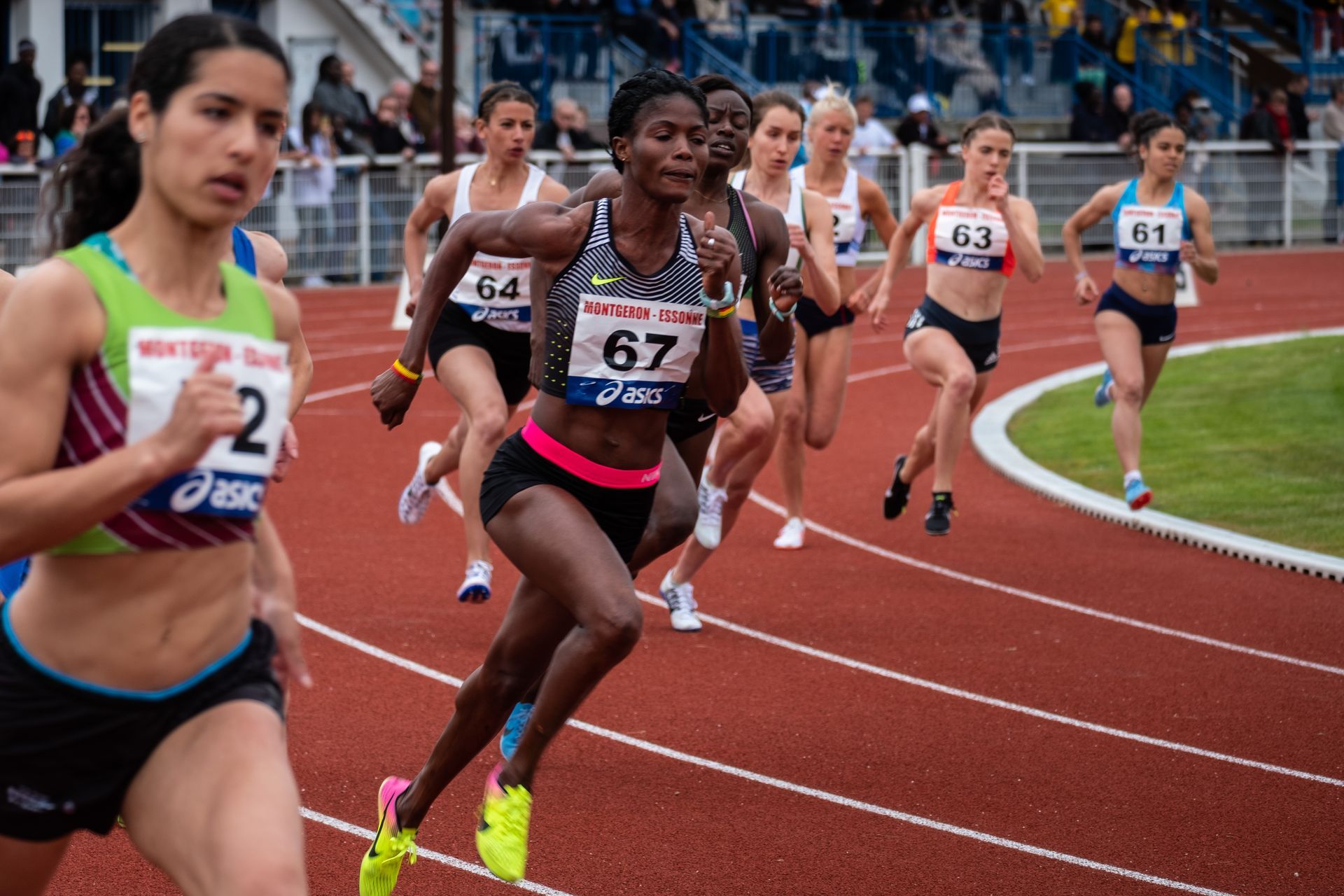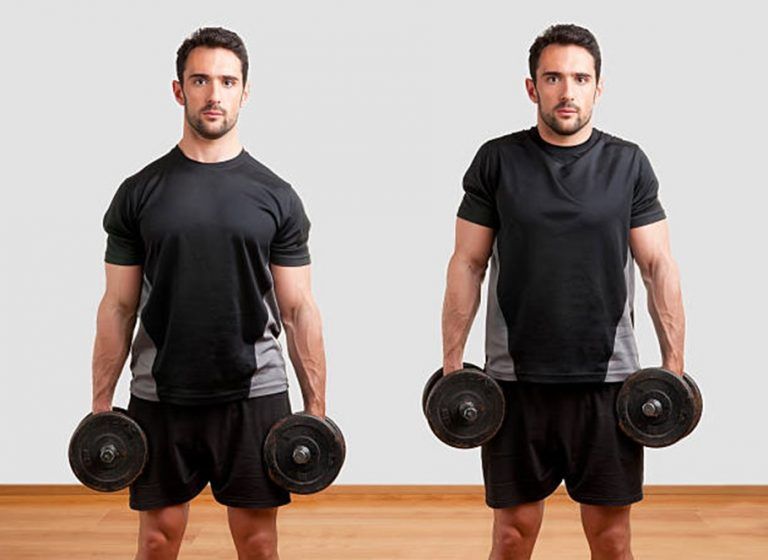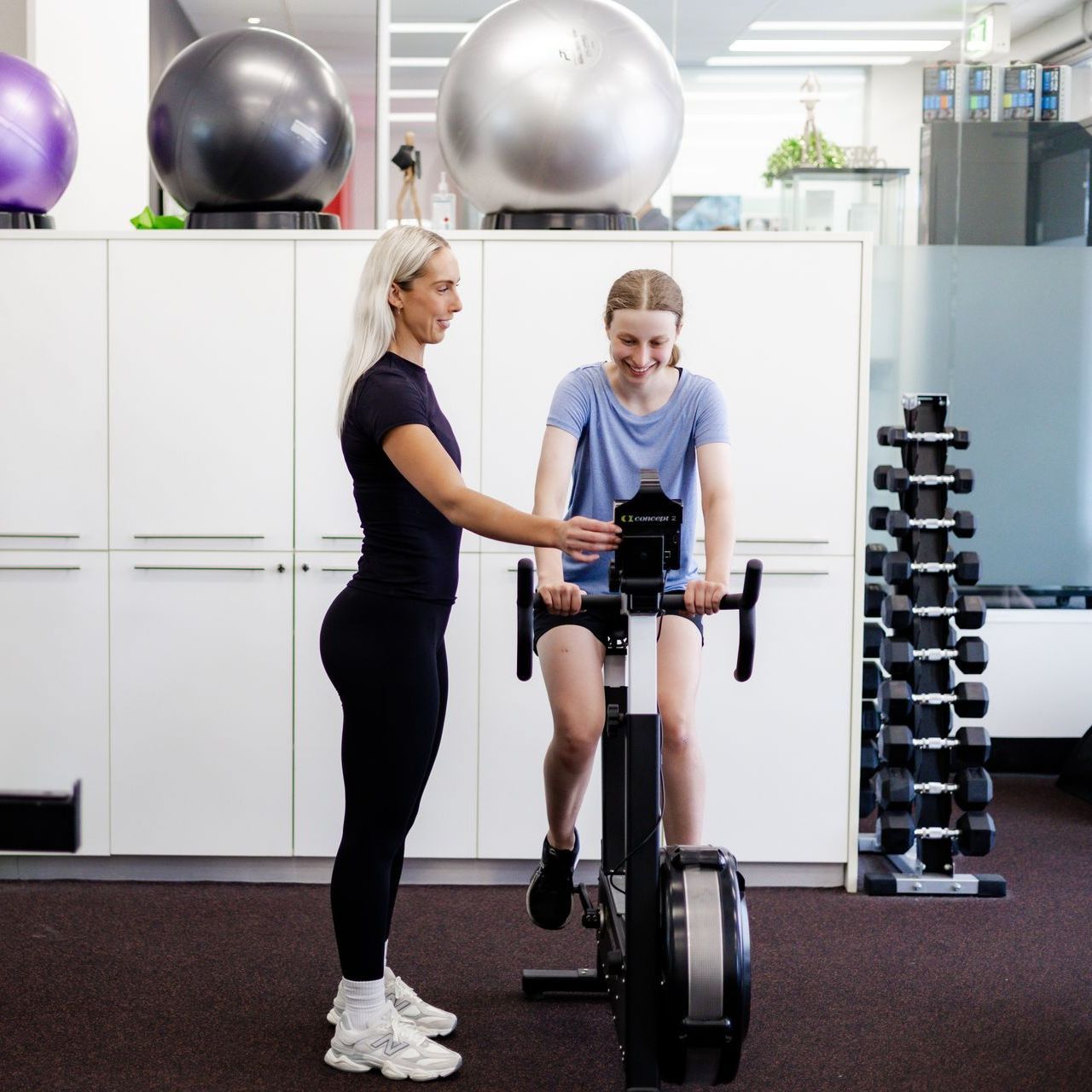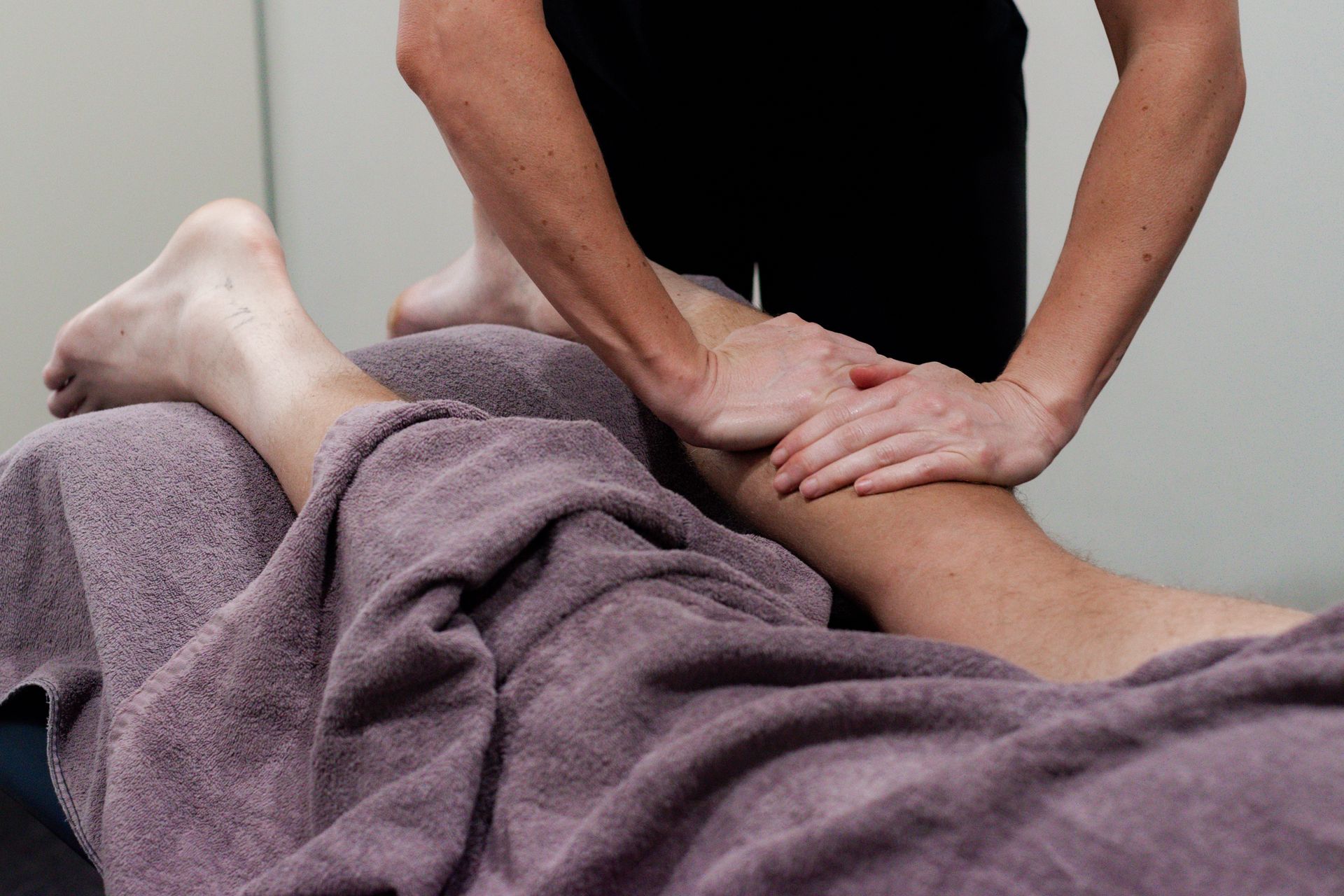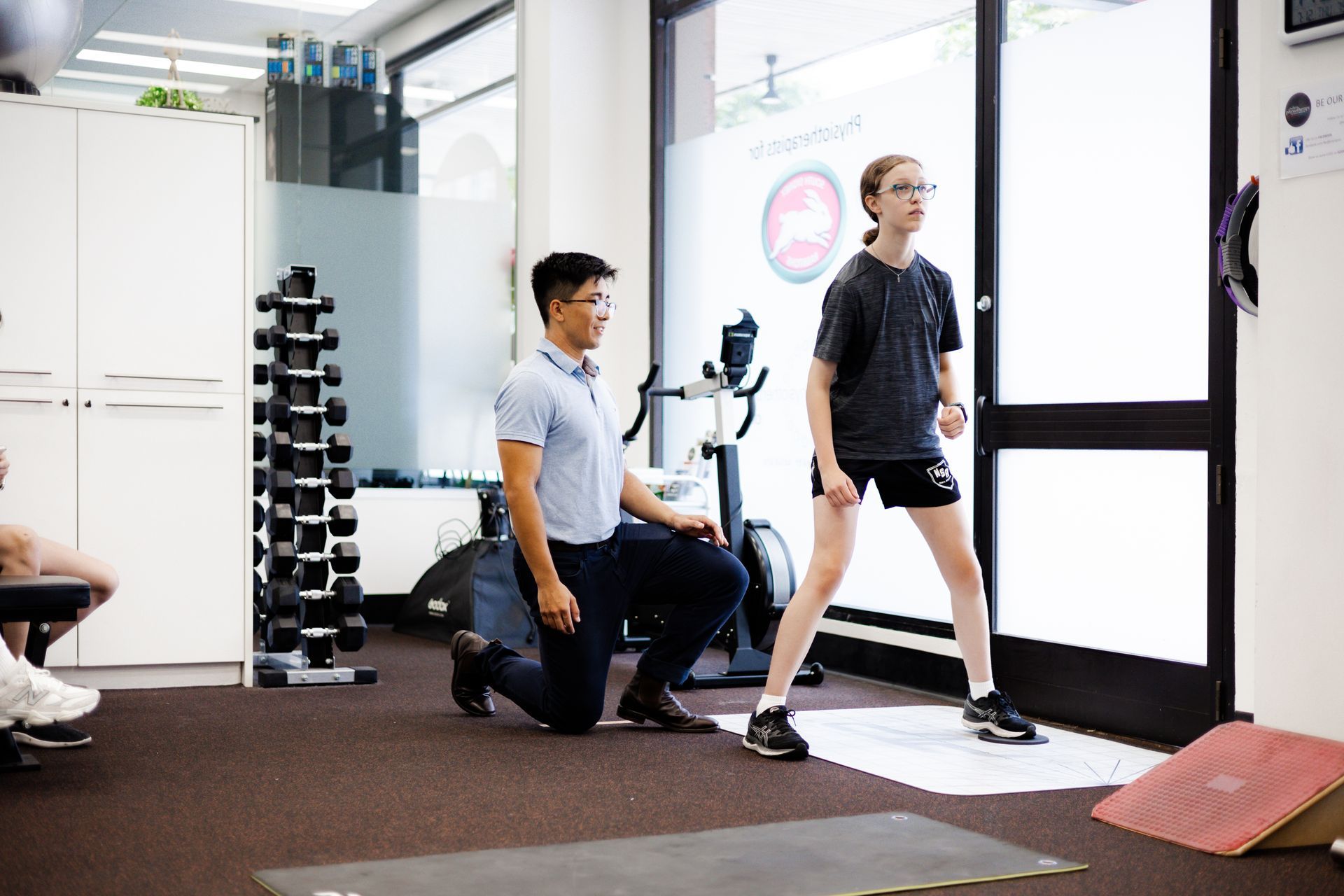Physiotherapy in Kensington
Physiotherapy in Kensington
Are you looking for an elite physiotherapist near Kensington? Redfern Physiotherapy & Sports Medicine has been the leading community physiotherapist, sports medicine , and injury clinic for 10 years.
Redfern Physiotherapy & Sports Medicine was founded by two therapists who’ve been leading the South Sydney Rabbitohs. Their cutting-edge techniques and programs have helped the club turn things around and have major success.
Whether it’s helping our local NRL club or helping the students at the University of New South Wales, we’re dedicated to improving the well-being of this community and helping its residents live happier, healthier lives.
Contact us today to begin your journey toward achieving your health goals and being the best version of yourself!
We’re Located Just a Short Ride from Anywhere in Kensington!
Kensington has long been known for its wide open spaces and spacious university greens (and one of Sydney’s best golf courses!.
This growing suburb, affectionately known as “Kenso” to the locals, has outdoor activities for any age! If you’re looking to get back to health and start enjoying everything life has to offer, our physiotherapy and injury clinic is located just a few minutes away by car, no matter if you’re close to ANZAC Parade or UNSW’s campus.
Book an appointment online or stop by and see us today. Our elite health professionals include:
- Physiotherapists
- Dieticians
- Massage Therapists
We are also one of the few clinics in the Sydney Are specialising in Bike Fit. This unique exercise consultation was once practised only by elite athletes to help them achieve optimal stamina and distance during their biking. One consultation with us will maximize your fitness results by making you more aerodynamic and helping you attain more power. It will also help you prevent injury and bike further than you ever have before.
If you’re in Kensington, come to the clinic that helped steer our South Sydney Rabbitohs to success with cutting-edge physiotherapy and sports medicine. If you need help regaining your mobility or healing any range of conditions (or just need some expert diet advice), book an appointment online and take the short ride to Redfern and see us!

